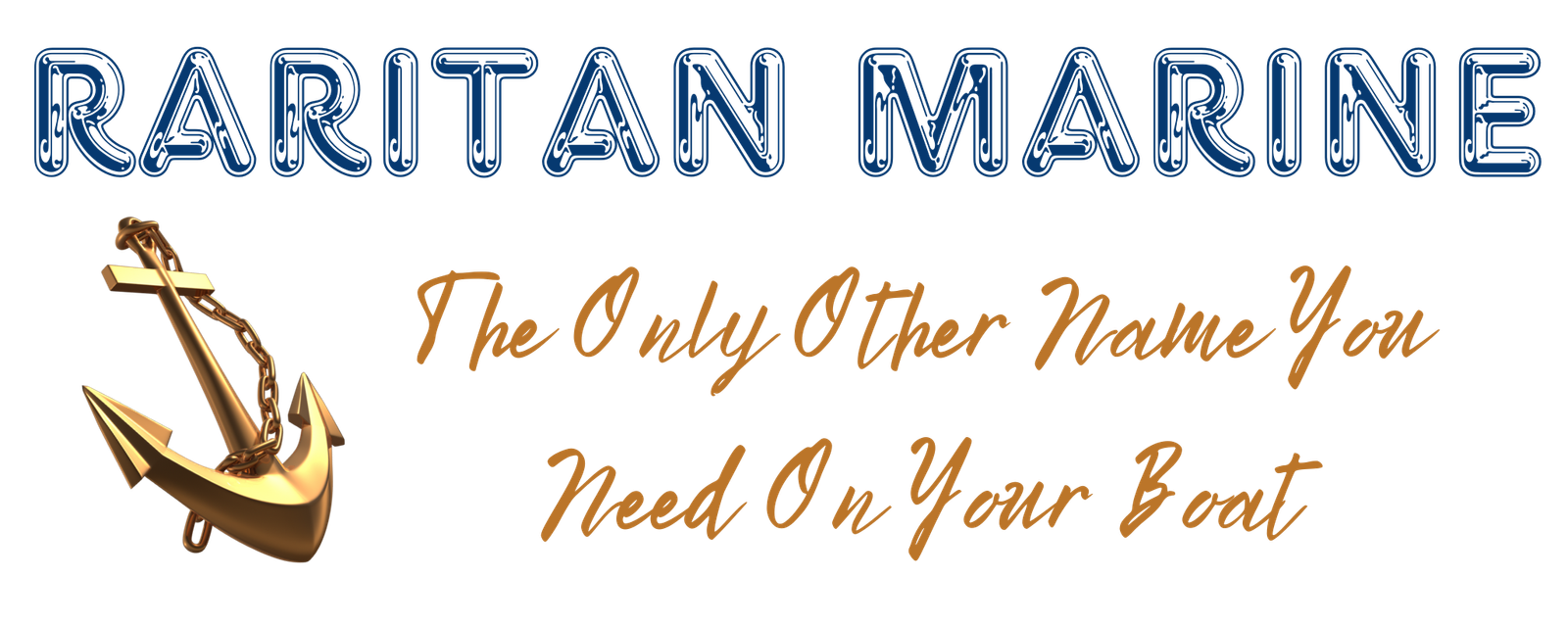Sailing is an exhilarating activity that can provide you with hours of fun and adventure. Whether you’re a beginner or an experienced sailor, there are always new tips and tricks to learn that can make your time on the water smoother and more enjoyable. In this blog post, we’ll cover everything from essential safety equipment to navigation techniques, so you can hit the open waters with confidence.
Introduction to Sailing: What You Need to Know
Before you set sail, it’s essential to understand the basics of sailing. A boat is propelled by wind using sails, which catch the wind and convert its energy into forward motion. The direction and strength of the wind determine the speed and course of the boat. To steer the boat, you use a tiller or wheel connected to a rudder that controls the angle of the boat relative to the wind.

Tips for a Smooth Ride on the Water
Once you have a basic understanding of how sailing works, here are some tips to help you navigate the water smoothly:
Keep your weight centered: When sailing, it’s crucial to keep your weight centered over the boat’s center of gravity. This helps prevent the boat from heeling too much, which can cause discomfort and even damage to the boat.
Trim your sails correctly: Proper trimming of the sails ensures maximum power and control while minimizing drag. Adjust the angle of the sails based on the wind conditions to achieve optimal performance.
Use the right tack: Depending on the wind direction, choose the appropriate tack (the side of the boat where the wind hits the sails) to maximize your speed and stability.
Watch out for obstacles: Always be aware of potential hazards such as rocks, other boats, and floating debris that could interfere with your ride.
Safety First: Essential Equipment and Techniques
Safety should always be your top priority when sailing. Here are some essentials you need to ensure a safe trip:
Life jackets: Make sure everyone on board has a properly fitted life jacket and knows how to wear it correctly.
Fire extinguisher: Carry at least one fire extinguisher on board in case of emergencies.
Distress signals: Have flares, whistles, and other distress signals available to alert others if you run into trouble.
Anchors: Bring along several anchors of different sizes to secure your boat in various depths and bottom types.
Navigation 101: How to Navigate Like a Pro
Navigating the open waters requires skill and knowledge of nautical charts, compasses, and GPS systems. Here are some key concepts to master:
Chart reading: Learn how to read nautical charts to identify navigational markers, depths, currents, and hazards.
Compass usage: Understand how to use a magnetic compass to determine your heading and bearings.
GPS navigation: Familiarize yourself with GPS technology and how to input waypoints, track your progress, and avoid collisions.
Maintenance Matters: Keeping Your Boat in Top Condition
Regular maintenance is critical to keeping your boat seaworthy and prolonging its lifespan. Here are some tasks you should perform regularly:
Cleaning: Wash down the hull, deck, and cabin periodically to remove dirt, grime, and algae buildup.
Maintenance checks: Inspect all parts of the boat including rigging, sails, engine, electrical system, and plumbing for signs of wear and tear.
Repairs: Fix any damages promptly before they become bigger problems.
Conclusion
Whether you’re a novice or expert sailor, following these tips will help you have a safer and more enjoyable experience on the water. From maintaining your boat to navigating like a pro, discover the thrill of sailing today!





